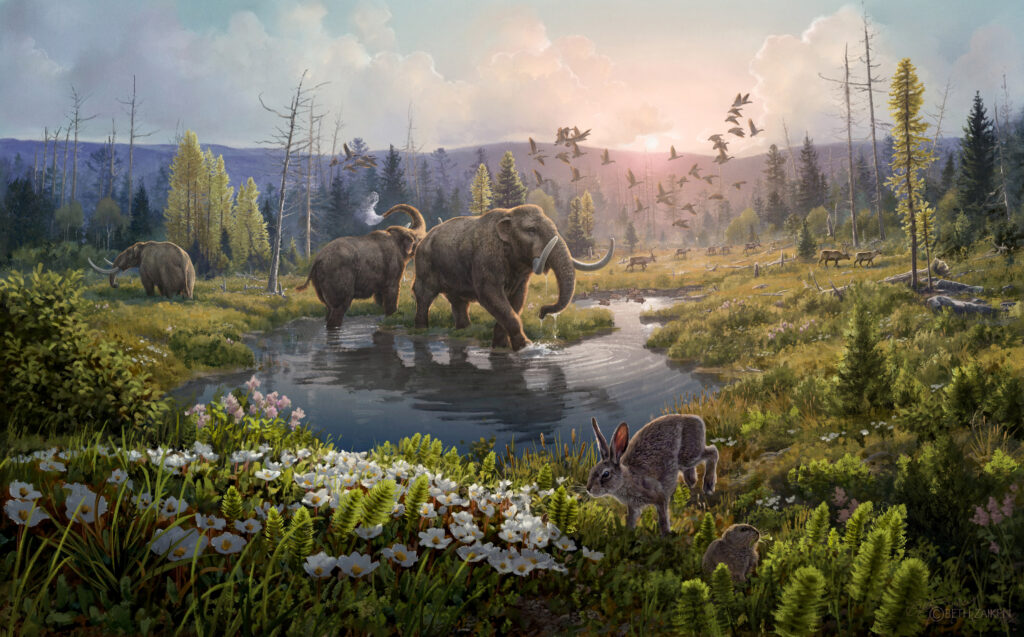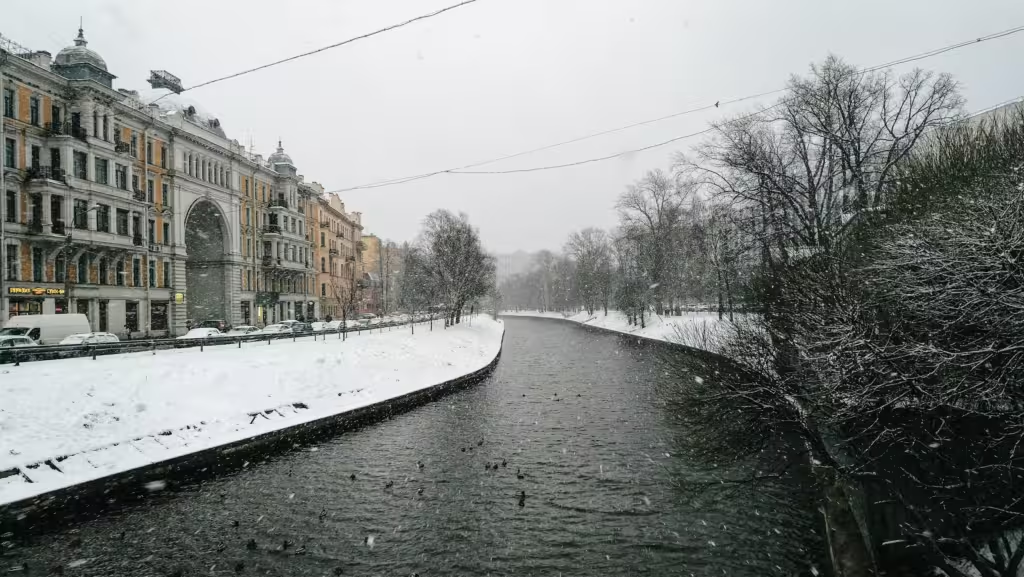If you wish to pry a great wudge of someone else’s cash loose, especially from a government, we strongly recommend that you link whatever your issue is to climate change. For instance someone wants to bring back the woolly mammoth. And frankly we support the attempt, partly in the “because it is there” spirit that the challenge is intriguing and partly because we think woolly mammoths were extremely cool and would love to see them again roaming the tundra sneering at polar bears. But of course the news story begins “A Dallas company trying to use ancient genetic material to create modern-day versions of woolly mammoths — a quest aimed at fighting climate change and advancing health care — has raised $75 million from venture capitalists, the billionaire producer of ‘Jurassic World’ and Paris Hilton.” OK. The last part wasn’t “of course”. Paris Hilton saves the world? Ugh. And how? Well, seems the “Arctic elephants” will stomp the snow flat bringing cold back to the permafrost and saving Earth. Duh.
Apparently such a plan is urgent because, as you know, everything is warming faster than everything else and it’s all terrible. And hence NASA warns us that thawing permafrost in the rapidly warming Arctic is like really bad man: “Thawing Permafrost Could Leach Microbes, Chemicals Into Environment”.
Now as we’ve observed before, and will again, this notion that a small warming will bring us to a climate tipping point where a thawing Arctic spews methane that thaws the Arctic so methane spews out and we finally get that dratted runaway greenhouse effect we’ve been promised so often is absurd because we know it was warmer than today in the Holocene Climatic Optimum during this interglacial, and during the previous “Eemian” interglacial. And ingenious explanations of why something might happen if it gets warmer that we know didn’t happen when it got warmer are clever, unquestionably. But not relevant to reality. (As one viewer commented on one of our videos, if the gigantic meteor that smashed into our planet 66 million years ago failed to wipe out all life on Earth, it’s a bit hard to believe a small temperature increase could really prove catastrophic.)
Still, bring on the hairy elephant things, to be revived by combining modern Asian elephant DNA with that of mammoths retrieved from the frozen ice that hasn’t melted yet. And Harvard geneticist George Church insists that the result would be “the cuddly version of a velociraptor. They’re vegetarian, they’re not threatening.” And of course nobody is ever killed by vegetarian megafauna like, well, an elephant. Or a hippopotamus. But we digress.
“Church pictures herds of mammoths stomping down deep snow that insulates the ground, allowing the intense cold of winter to reach the permafrost so it can refreeze instead of melting away and releasing huge amounts of carbon dioxide. He expects the mammoths would also knock down trees, clearing the way for other large animals to follow along and pack down more snow. Entire landscapes could be transformed from forest into grassland, which Church said is more efficient at photosynthesis and sequestering carbon — although the science on that isn’t always straightforward.”
What? The science isn’t settled? Apparently not. Even that NASA piece admits it’s not. But only in bad ways. “Trapped within Earth’s permafrost – ground that remains frozen for a minimum of two years – are untold quantities of greenhouse gases, microbes, and chemicals, including the now-banned pesticide DDT. As the planet warms, permafrost is thawing at an increasing rate, and scientists face a host of uncertainties when trying to determine the potential effects of the thaw.”
Not, of course, whether doom looms. Just when and where exactly. “Arctic permafrost alone holds an estimated 1,700 billion metric tons of carbon, including methane and carbon dioxide. That’s roughly 51 times the amount of carbon the world released as fossil fuel emissions in 2019. Plant matter frozen in permafrost doesn’t decay, but when permafrost thaws, microbes within the dead plant material start to break the matter down, releasing carbon into the atmosphere. ‘Current models predict that we’ll see a pulse of carbon released from the permafrost to the atmosphere within the next hundred years, potentially sooner,’ said Kimberley Miner, a climate researcher at NASA’s Jet Propulsion Laboratory in Southern California and lead author of the paper. But key details – such as the quantity, specific source, and duration of the carbon release – remain unclear.”



The doom and gloom climate apostles seem to be getting more and more desperate in their predictions of utter catastrophe and extinction. Could it be a result of the fact that nobody listens to them any more? I really don't know anyone who displays any interest or concern in these outlandish predictions. Perhaps we could have a competition to see who can make up the most absurd prediction, and for a suitable prize, get it published in the mainstream media. How about "scientists predict that climate change will release nitrous oxide from tropical soils, causing the premature death of chimpanzees from uncontrollable laughing fits. Experts say that this could cause chimps to become extinct by the end of this century."
These scientists apparently have no concept of how big the Russian tundra is. Thinking we can clone enough mammoths to trample the snow and recreate the northern permafrost of Siberia is just bonkers.
It always intrigues me - if its "warmer then eva", and the permafrost will melt releasing methane from rotting vegetation frozen in the permafrost - how, pray tell, did the vegetation get there to be frozen in the first place? And, if CO2 is the control knob, how was it warmer in the past for the vegetation to grow before being frozen, when CO2 has been low for a couple of million years?
so did any of these geniuses figure out what these hairy elephants are going to eat, and did they figure out how much methane these hybrid elephants will release as they go about compacting snow?